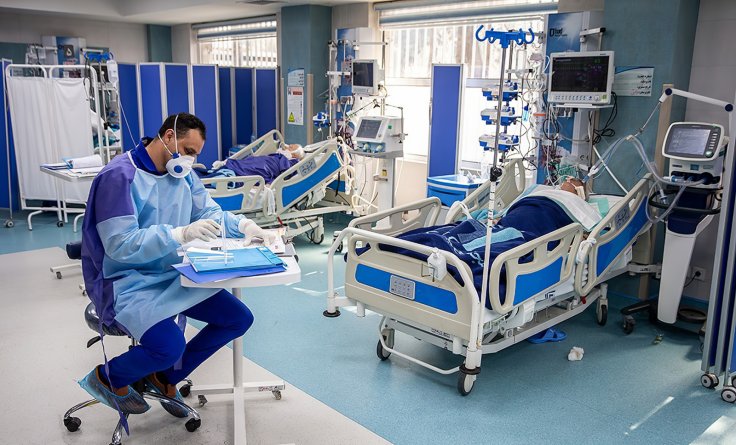The supermarkets are the most commonplace that people went to before testing positive for the coronavirus or COVID-19, new data has revealed. The supermarkets stayed open during both national lockdowns and new information collated by the Public Health England (PHE) from the NHS Test and Trace app has revealed that the shops are the most coronavirus exposure setting, as per reports.
The PHE analyzed data of the people who got infected with the coronavirus between November 9 and November 15. They looked at the contacts of the people who got infected with the virus and retraced the steps of the 128,808 people who tested positive. By analyzing the data, PHE was able to discover the most frequent places the people visited ahead of testing positive. Supermarkets were the most common. Out of the people who tested positive, it was discovered 18.3 percent visited a supermarket. PHE mentioned that the data did not give any proof regarding where people got the virus.
The data showed 60.5 percent of people who tested positive also had their contacts traced. At the beginning of the pandemic, huge queues were witnessed outside the supermarkets as people gathered for buying essentials. Shops had a limited number of people inside as they attempted to maintain social distancing measures.
COVID-19 Transmission in UK

Shoppers in supermarkets also have to wear masks while buying their goods, unless they are exempt as per the national guidelines. When the other retail shops opened in summer, the customers were made to wear masks, months later it was made mandatory for the staff to wear masks. In September the supermarket bosses asked customers not to panic buy as shelves were left empty during the first wave of the pandemic.
Experts mentioned that it is 'not surprising' that supermarkets featured heavily in the data. "Supermarkets are one of the very few places that people can visit during lockdown so it is unsurprising that they feature strongly when people are asked where they have visited. Retailers continue to follow all safety guidelines to make their premises Covid-secure," Helen Dickinson, the chief executive of the British Retail Consortium stated.
Both the primary and secondary schools reopened in September after the kids were kept off school during the first national lockdown. The data discovered that secondary schools were the second place where the transmission also took place. Around 12.7 percent of people who tested positive for the virus had attended secondary school and 10.1 percent attended primary school.
The government vowed to keep the schools open and stated that the education of the children was a priority following the first national lockdown. In the last week, 124 clusters of the virus have got reported in the English secondary schools. In total, there have been 822 confirmed clusters of the virus in the English secondary schools. In the case of primary schools, there were 732 clusters confirmed.
Colleges, care homes, hospitals, and warehouses all followed as the place where the spread was highest. The data also discovered that transmission was highest in households and also revealed that infection rates can be leveling off in some parts of the nation. Graphs given by the PHE showed that hospital admissions were leveling off in some areas like London and the South East.









